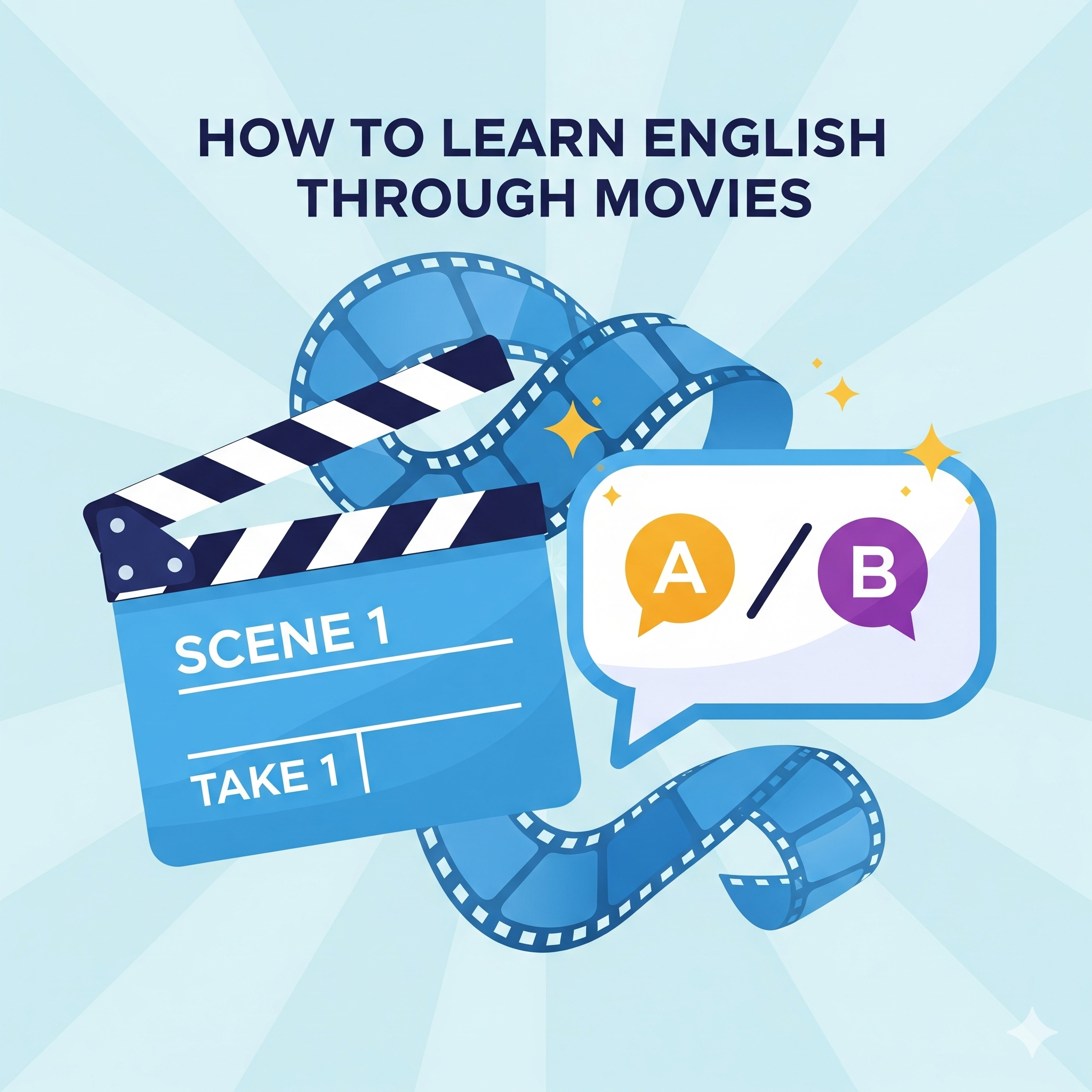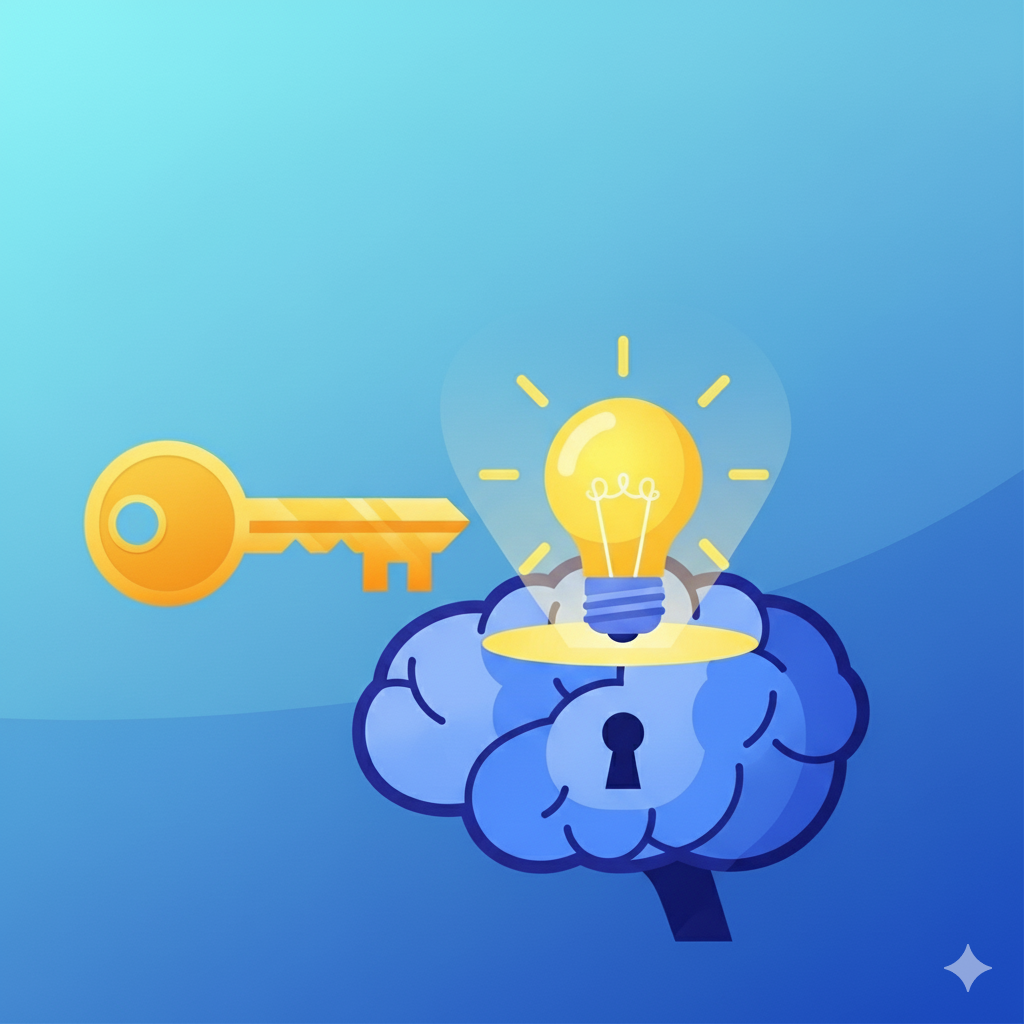
How to Learn English with Movies: The Fun Way to Fluency
Master English naturally through movies with proven techniques. From subtitles to active watching strategies, discover how films can accelerate your English learning journey.

Marley Mulvin Broome
Founder and CEO of Freelight Software, passionate about making English learning accessible to everyone through AI technology.
Published September 9, 2025
8 min read
Learning English doesn’t have to feel like homework. Some of the best English speakers you know probably learned a lot from watching movies and TV shows. There’s actual science behind why this works so well.
Movies give you real English – the way people actually talk, not textbook language. You hear natural rhythms, slang, emotions, and cultural context all wrapped up in stories that keep you interested.
Here’s how to turn movie night into your most effective English lesson.
Why Movies Work for Learning English
Research shows that movies are incredibly effective for language learning. [1] Studies prove that students who learn with movie clips perform significantly better than those using only traditional textbooks.
But why do movies work so well?
Real language in context: Movies show you how English actually sounds in conversations, not the careful pronunciation from language apps.
Cultural learning: You pick up on body language, social cues, and cultural references that textbooks can’t teach.
Emotional connection: When you care about what happens next, your brain pays more attention and remembers better.
Multiple learning channels: You’re using your eyes, ears, and reading skills all at once. [2]
Step 1: Choose the Right Movies
Not all movies are created equal for English learning. Here’s what to look for:
Start with familiar stories
Pick movies you’ve already seen in your native language. You’ll focus on the English instead of trying to figure out the plot.
Choose your level carefully
- Beginner: Animated movies (Disney, Pixar), romantic comedies
- Intermediate: TV sitcoms (Friends, The Office), drama series
- Advanced: Action movies, thrillers, documentaries
Consider the accent
Start with American or British English, depending on which you want to learn. Avoid heavy regional accents at first.
Pro tip: Head to MovieLevel.com to find movies sorted by the English level needed to understand them. This tool takes the guesswork out of choosing movies that match your current ability!
Step 2: The Subtitle Strategy
Subtitles are your secret weapon, but you need to use them strategically.
Phase 1: English audio + English subtitles
Start here. Read along while listening. Research shows this improves both listening and reading skills simultaneously. [2]
Don’t worry if you can’t keep up at first. Your brain is making connections.
Phase 2: English audio + no subtitles
Once you’re comfortable, turn off subtitles for scenes you know well. This forces your ears to work harder.
Phase 3: Mix and match
Use subtitles for new vocabulary, turn them off for review sections.
What about subtitles in your native language? Use them sparingly. They can help with complex plot points, but they won’t improve your English.
Step 3: Active Watching Techniques
Don’t just passively watch. Make it a learning experience.
The pause and repeat method
- Pause after interesting phrases
- Repeat what you heard out loud
- Look up new words immediately
- Practice the pronunciation
Keep a movie vocabulary journal
Write down new words and phrases you hear. Include:
- The word/phrase
- What scene it appeared in
- Your translation
- An example sentence
Shadow the dialogue
Play a scene and try to speak along with the characters. This improves your pronunciation and speaking rhythm.
Focus on one character
Pick one character per episode and really listen to how they speak. Notice their accent, speed, and favorite expressions.
Step 4: Make It Interactive
Use language learning browser extensions
Tools like Language Reactor for Netflix let you:
- See subtitles in two languages at once
- Click on words for instant translations
- Automatically pause after each subtitle line
Join online discussion groups
Find communities discussing your favorite English shows. Reading and writing about episodes helps reinforce what you learned.
Create your own movie reviews
Write short reviews of episodes in English. This practice connects your viewing to active language use.
Common Mistakes to Avoid
Trying to understand every word: You don’t need to catch everything. Focus on the main ideas first.
Only watching with subtitles: Challenge yourself to go subtitle-free sometimes.
Choosing movies that are too difficult: Frustration kills motivation. Start easier than you think you need.
Being passive: Actively engage with what you’re watching. Take notes, pause, repeat.
Skipping cultural context: If you don’t understand a joke or reference, look it up. Cultural knowledge is part of language learning.
Beyond Entertainment: Educational Content
While entertainment movies are great, don’t overlook educational content:
TED Talks: Perfect pronunciation and clear topics Documentaries: Rich vocabulary in specific fields
News programs: Current events vocabulary and formal language YouTube educational channels: Bite-sized lessons in English
Tracking Your Progress
Set specific goals:
- “I’ll understand 70% of this sitcom episode without subtitles”
- “I’ll learn 10 new expressions from this movie”
- “I’ll watch one episode per day for a month”
Keep a learning journal. Note:
- New vocabulary learned
- Pronunciation improvements
- Cultural insights gained
- Confidence levels
Your Movie Learning Action Plan
🎬 Movie Learning Action Plan
Your step-by-step guide to mastering English through movies
Build Your Base
📋 Activities
- Choose a familiar movie or TV series
- Watch with English subtitles
- Don't worry about understanding everything
- Focus on getting comfortable
🎯 Goal
Get used to English audio
💡 Pro Tip
Pick something you've seen in your native language
🏆 Remember: Progress isn't always linear. Some days will be harder than others, and that's completely normal!
Remember: consistency beats intensity. Watching 20 minutes daily works better than binge-watching for hours once a week.
Movies make learning English enjoyable instead of a chore. You’re not just studying language – you’re experiencing stories, emotions, and culture. That’s how you build lasting fluency.
Stay Updated with English Learning Tips
Join thousands of learners getting proven strategies, free resources, and exclusive content delivered to your inbox every two weeks.
References
- Fouad Rashid Omar, Özge Razı. "Impact of instruction based on movie and TV series clips on EFL learners' pragmatic competence". 2022. https://www.frontiersin.org/journals/psychology/articles/10.3389/fpsyg.2022.974757/full
- Philip J. Guo. "Video Captions Benefit Everyone". 2017. https://pmc.ncbi.nlm.nih.gov/articles/PMC5214590/. Research showing captions improve comprehension for all viewers, especially non-native speakers
Related Posts

The Secret to Learning English Naturally: How Comprehensible Input Changes Everything
Discover the science-backed method that makes English learning effortless and natural. Learn how comprehensible input can transform your language journey without forcing grammar drills.

How to Build Lasting Language Learning Habits: Beat the Dip and Create Atomic Progress
Discover proven strategies from psychology and habit formation to build sustainable language learning routines. Learn to overcome setbacks and create daily habits that stick.